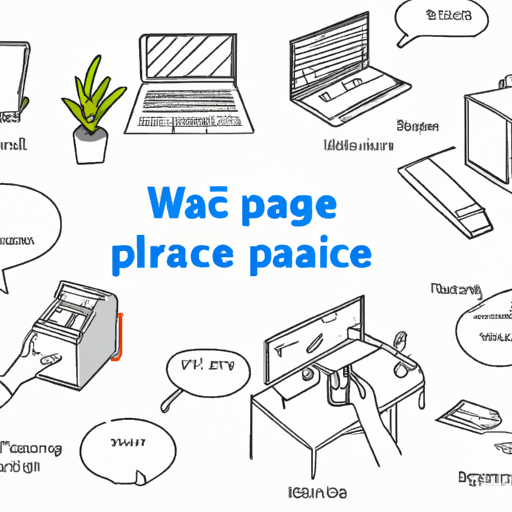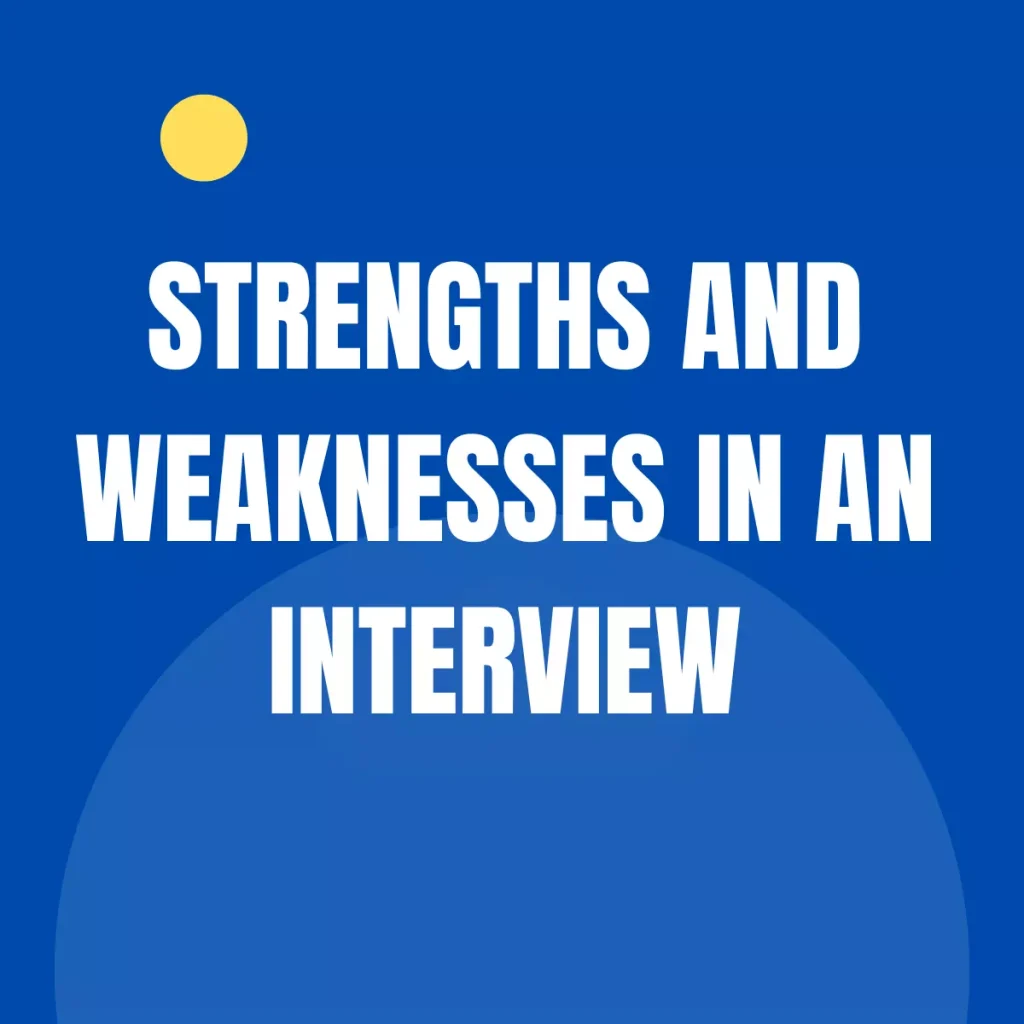
Introduction:
Virtual Reality (VR) is widely regarded as one of the most immersive and cutting-edge technologies available today. It has revolutionized various industries, including gaming, healthcare, education, and entertainment. As the demand for VR experiences continues to grow, so does the need for skilled professionals who can create visually stunning and interactive virtual worlds. Enter the Virtual Reality Artist, a creative individual with a passion for technology and an eye for design. In this blog post, we will explore the minimum qualifications required, job prospects, salaries, and answer some frequently asked questions about this emerging field.
Minimum Qualifications:
To pursue a career as a Virtual Reality Artist, a strong foundation in visual arts or design is essential. Many VR artists possess a degree in fields such as Game Design, Computer Animation, Visual Effects, or Graphic Design. However, in this rapidly evolving field, equivalent work experience or a strong portfolio showcasing VR artistry can also be considered.
Job Prospects:
The demand for Virtual Reality Artists is expected to rise significantly in the coming years. Industries such as gaming, architecture, film, marketing, and simulation training are actively incorporating VR experiences into their projects. Therefore, job prospects for VR artists are expected to be high, especially in major cities across the United States.
Job Prospects in Cities of the USA:
The United States, being a hub for innovation and technology, offers numerous job opportunities for Virtual Reality Artists. Some of the cities known for their thriving VR industries include:
1. San Francisco, California: Home to many tech giants and VR startups, San Francisco offers a wide range of job opportunities in the VR field.
2. Los Angeles, California: Known for its strong presence in the entertainment industry, Los Angeles is a hotspot for VR content creation in film, gaming, and other related fields.
3. Seattle, Washington: With companies like Microsoft and Valve located in the area, Seattle offers promising prospects for VR artists, particularly in gaming and software development.
4. Austin, Texas: Considered a tech-friendly city, Austin has a blossoming VR community, making it an attractive destination for VR artists.
Salary:
The salary of a Virtual Reality Artist can vary depending on factors such as experience, location, and the industry they work in. According to data from Payscale, the average annual salary for a VR Artist in the United States ranges from $48,000 to $96,000. Experienced VR artists with advanced skills can potentially earn salaries beyond the six-figure mark.
FAQs about Virtual Reality Artist:
1. What does a Virtual Reality Artist do?
A VR artist creates visual assets, environments, textures, and interactive elements for virtual reality experiences.
2. What software skills are required for this role?
Proficiency in 3D modeling software (such as Maya or 3ds Max), real-time engines like Unity or Unreal Engine, and VR development tools is highly beneficial.
3. Is coding knowledge necessary for a Virtual Reality Artist?
While coding knowledge is not always mandatory, having a basic understanding of programming languages like Cor C++ can be advantageous for VR artists.
4. Do Virtual Reality Artists work in teams or individually?
Both options are possible. VR artists may work individually on smaller projects or collaborate as part of a larger development team.
5. Can Virtual Reality Artists specialize in specific industries?
Yes, VR artists can specialize in various industries such as gaming, film, architecture, healthcare, or education, depending on their interests and skillsets.
6. Are there any specific certifications or courses for VR artistry?
While not obligatory, there are several online courses and certifications available that can enhance one’s VR artistry skills, including platforms like Coursera and Udemy.
7. What are the future prospects for Virtual Reality Artists?
As VR technology develops further, the demand for skilled VR artists is expected to increase, offering exciting opportunities for career growth and specialization.
8. Can Virtual Reality Artists freelance or work remotely?
Yes, many VR artists work freelance or remotely, depending on the nature of the projects and organizations they collaborate with.
9. Are there any notable VR artists to follow or seek inspiration from?
Some influential VR artists include Alex Coulombe, Fiona Walkinshaw, and Isaac Cohen. Following their work can provide valuable insights and inspiration.
10. How important is creativity in the role of a VR artist?
Creativity is paramount for a VR artist. The ability to think outside the box, ideate, and design immersive virtual experiences is at the heart of their work.
Conclusion:
The field of Virtual Reality artistry presents an exciting and promising career path for creative individuals interested in merging art and technology. With the ever-increasing demand for immersive experiences across various industries, Virtual Reality Artists have excellent job prospects in major cities across the United States. The salaries for VR artists can be quite lucrative, especially for those with advanced skills and experience. As this field evolves, it will continue to offer exciting opportunities for artists and innovators who can shape the future of virtual reality.




